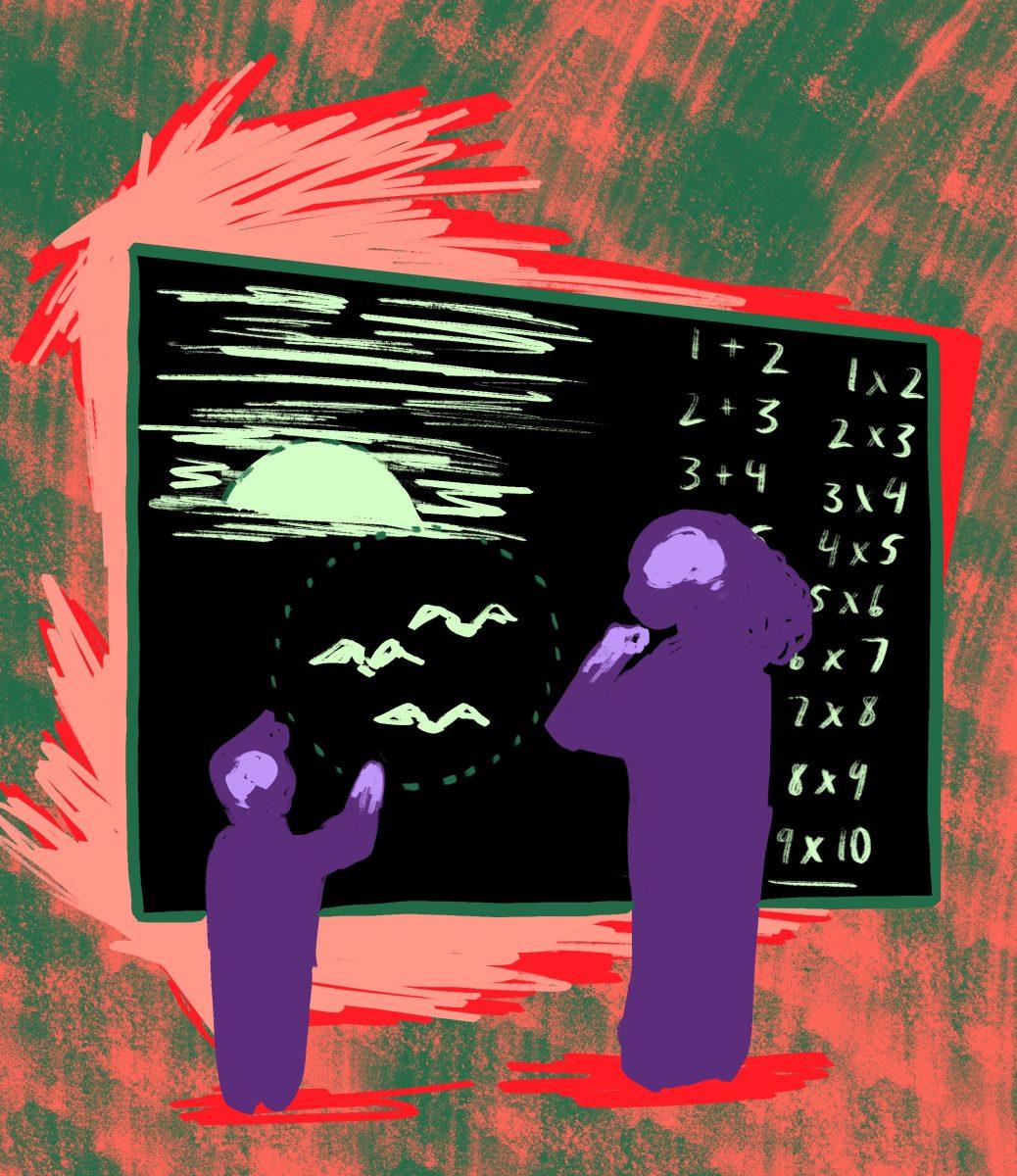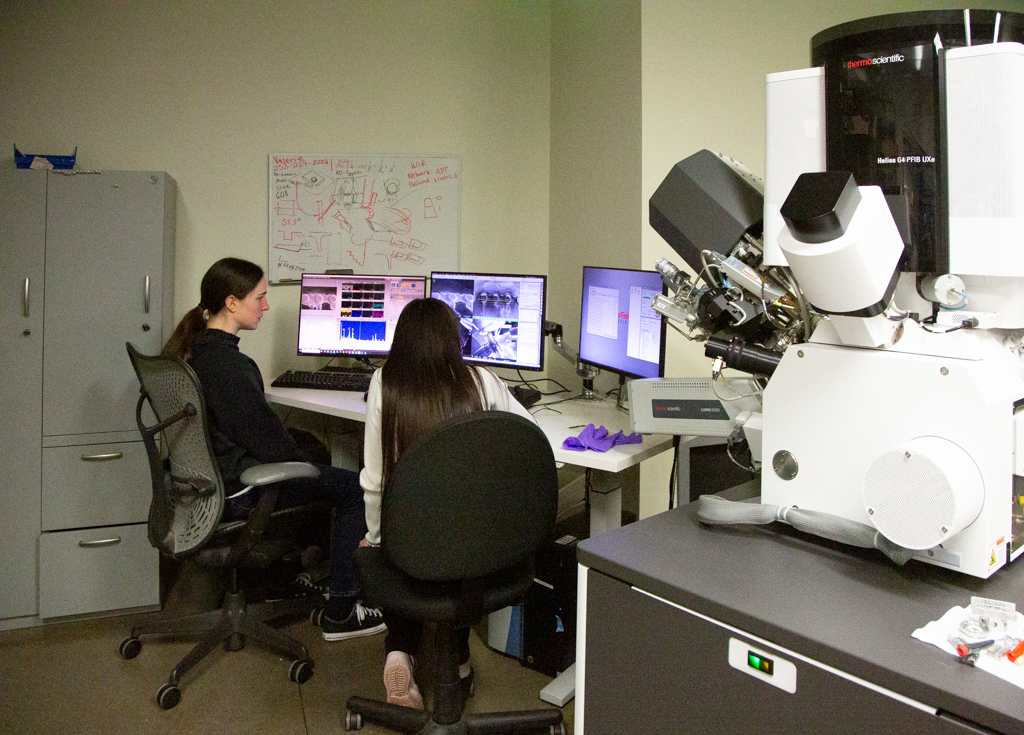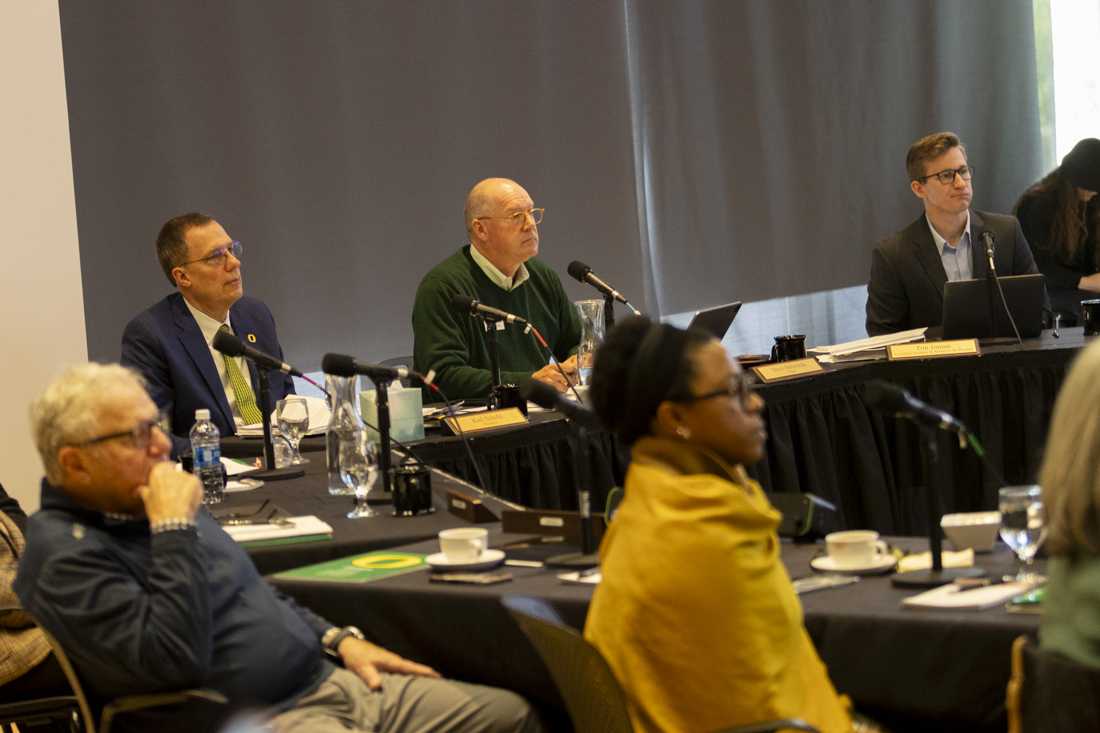The University of Oregon has developed three new research-based programs, ROOTS, whole-class interventions and home-based interventions, for children beginning at the kindergarten level for mathematical development.
According to Ben Clarke, director of the Center on Teaching and Learning in the College of Education, the center has been researching children who struggle with understanding mathematics for the past 10 years. The center has been working to develop programs to support these children.
Clarke said that UO has a lot of history in developing programs for children in early reading and writing research. He believes that mathematics deserves attention for development since it is a crucial content area of children’s learning.
“We wanted to take some of what we learned in early literacy and start thinking about doing the same in early math,” Clarke said. “So just like we want kids to get a good start in early literacy, we want them to get a good start in early numeracy.”
Jessica Turtura, senior research associate of the Center on Teaching and Learning, said in an email to the Daily Emerald that the program has undergone rigorous trials in Massachusetts, Texas and Oregon.
“Results have been strong for a range of learners,” Turtura said in an email statement. “Especially students who enter school with the greatest level of risk and those learning English as a second language.”
According to Turtura, what UO has specifically been doing is adjusting the ROOTS programs as a whole to cater to whole-class settings.
“The whole-class program will also embed positive behavior supports designed to teach students behaviors that will support long-term learning,” Turtura said. “This will allow educators to comprehensively support the mathematics and behavioral needs of students.”
According to Clarke, the intervention entails 50 lessons which take up to 20 minutes. In the lessons, children undergo up to four math activities that are delivered in small groups of three to five students.
“So we identify the students that need assistance and we collect a bunch of data, sort of pre-intervention, to document the depth of their need,” Clarke said. “We implement the intervention for 10 to 12 weeks to 50 lessons, and then we do post-testing to see what the outcome would be.”
According to Clarke, the programs begin at kindergarten and go up to the sixth grade, where researchers are testing a program for rational fractions.
According to Clarke and Turtura, children with learning disabilities have the option of home-based intervention programs that incorporate families into learning lessons that are able to be taught at home. The recruiting for this program began on Oct. 1.
The targeted home activities have the goal of allowing students to practice and extend the concepts they learn in class to further build their mathematical foundation, Turtura said in an email statement.
“Whenever we do any sort of research, UO has an institutional review board that signs off on all your different research activities to make sure you’re not violating anybody’s sort of rights, including the parents’ and the students’,” Clarke said. “And once you have those permissions, then we work with our school partners or preschool partners to recruit families.”
Funding for the programs has come from about 20 to 25 grants at a total of $80 million, according to Clarke.
A $3.3 million grant from the United States Department of Education is the most recent grant that was awarded to the intervention programs.
According to Turtura, the grant was intended to provide funding for UO faculty to develop, test, revise and pilot the new whole-class program that the center has created.
“The first year of the project will be devoted to developing the lessons and related materials,” Turtura said in an email. “Then, we will conduct a series of trials to test out the lessons in local kindergarten classrooms.”
Clarke also mentioned that most of the funds get dispersed to their partners and UO.
“Most of the grant goes to pay for the salaries of the researchers that work on the grant and work on the development activities. Some of it goes to our school partners as sort of stipends or incentives to let us conduct sort of research and work with them in school settings,” Clarke said. “And about a million and a half goes to the University of Oregon to pay for facilities and other pieces.”
According to Turtura, UO specifically has created these extended programs of ROOTS into a five-year plan that will be incorporated into schools around the nation.
“By the end of the five-year project, we hope to have a fully developed program that is ready for additional testing and widespread use in schools,” Turtura said in an email statement.
UO develops “ROOTS” program for children struggling with math
November 8, 2023
0
More to Discover
About the Contributor

Jasmine Saboorian, Campus News Editor
Jasmine Saboorian is a fourth-year student majoring in journalism and minoring in sports business at the University of Oregon. This is Jasmine’s third year with the Emerald and she is the Campus News Editor. She also works with Duck TV as a Sports and News Broadcaster and with Quack Video through the Athletic Department as a Broadcast/Production Intern. Jasmine has been pursuing journalism since she was in high school and hopes to one day be a television reporter to spread awareness around the world.









